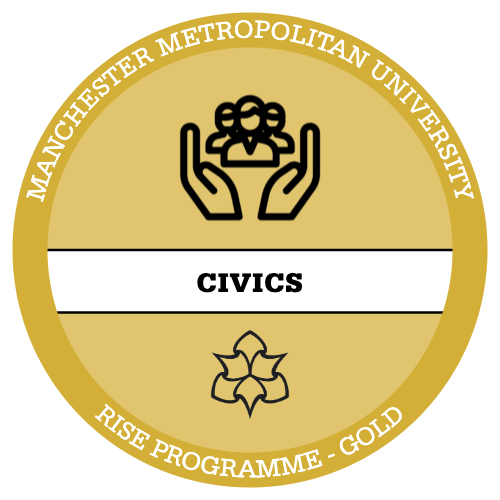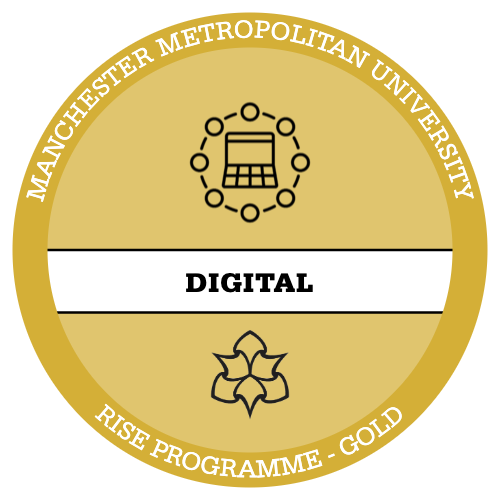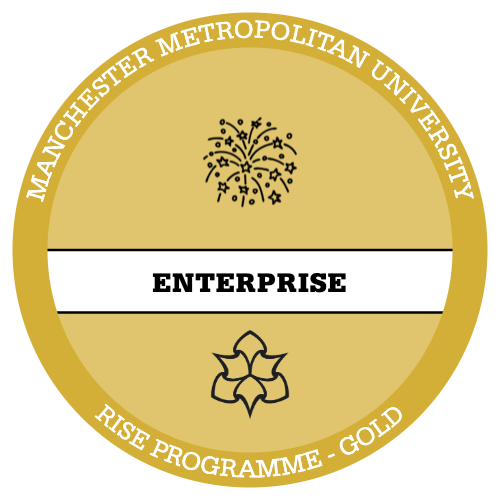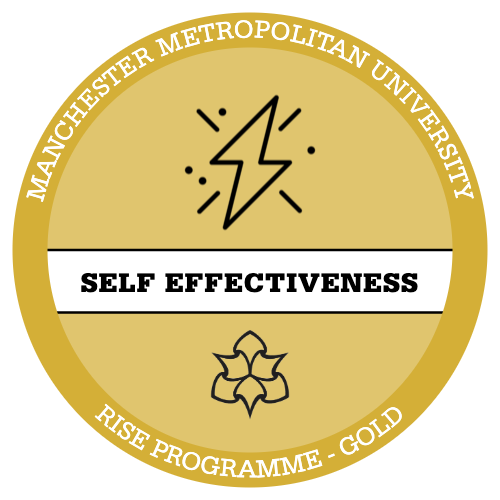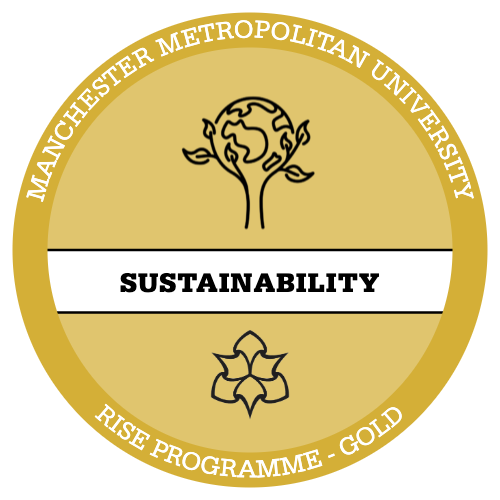Are you interested in studying a degree in sport at university?
Through this RISE Self Study Pack, Rebecca and Zoe will introduce prospective university students, their parents, and their school/college teachers to the life of a university sport student. In doing so, they provide information on some of the different disciplines you can study to degree level (including: sport science, exercise science, health science, sport coaching, and sport development) and the extracurricular sporting opportunities available when you go to university.
Alongside information on the different degree sport disciplines available to study at university, Rebecca and Zoe will also spend time discussing the skills you can develop and outline just some of the exciting careers pathways available with a degree in sport.

